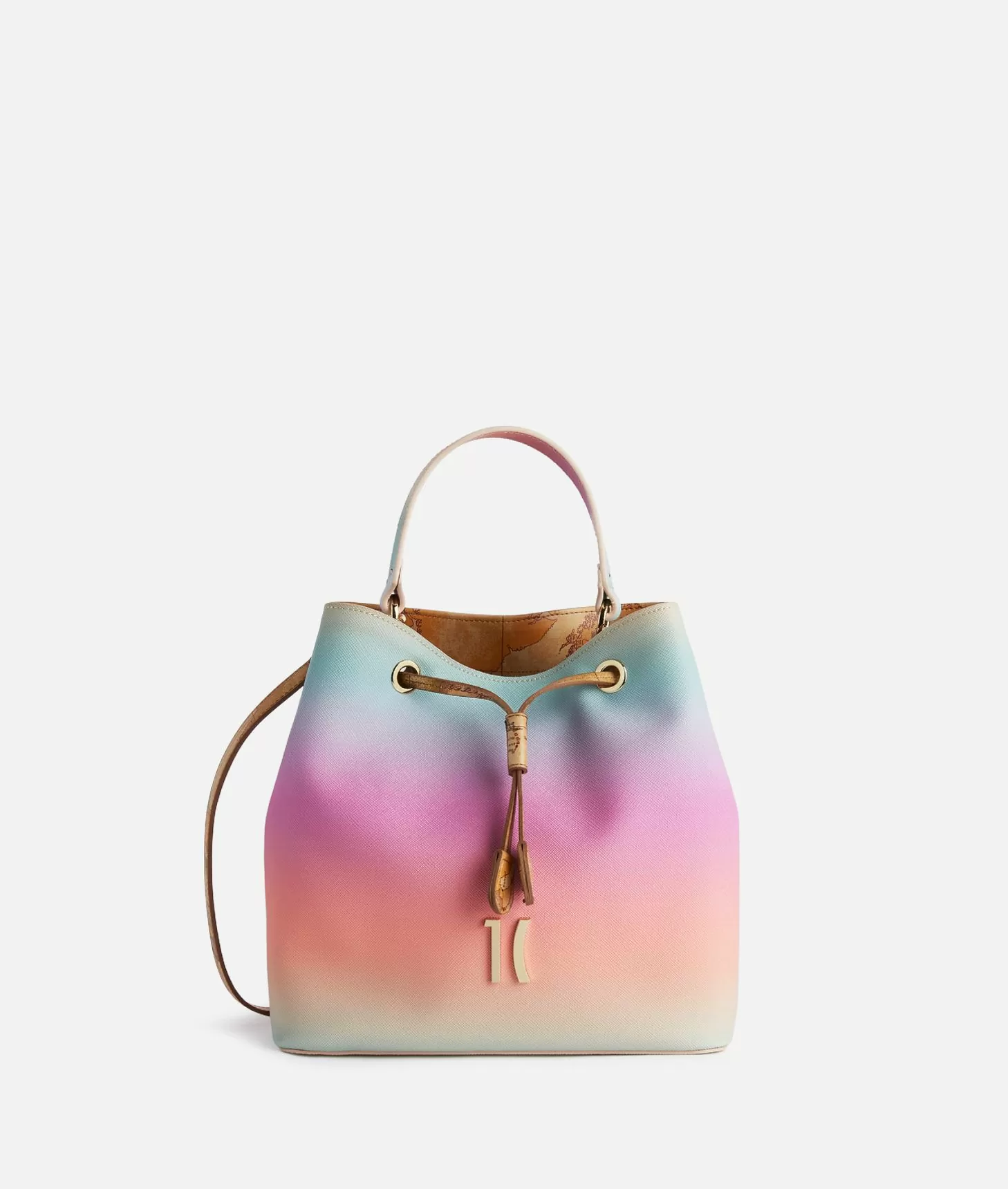While talking about Japanese dress, the distinction between kimono versus yukata is at the highest point of everybody’s inquiry records.
The kimono – making an interpretation from Japanese to ‘a thing to wear’.
The kimono is a customary article of clothing that conveys a piece of Japanese style history and a symbol on the style scene that continues to motivate fashioners the world over. Be that as it may, as the kimono is a more conventional occasion outfit, is there a comparable option for more casual events? Indeed, there is! How and where to wear them.
In this article, I’ll show you the best way to differentiate them, which one is the more reasonable pieces of clothing or appropriate for Japanese celebrations, natural aquifer resorts, colder seasons, and even functions at sanctuaries.
What Is a Kimono?
The kimono was first presented as a Japanese rendition of a conventional Chinese piece of clothing known as the hanfu. Striped down to nuts and bolts, the normal kimono dress is, basically, a T-molded article of clothing shaped of four separate pieces.
The prevalence of the kimono in Japan began to develop as, notwithstanding the many layers, this proper event article of clothing is unquestionably viable. That common sense demonstrated especially helpful in blanketed winters when a thickly layered kimono (produced using cotton or silk) shielded the wearer from the rankling cold while guaranteeing they actually looked rich and stylish.
That equivalent way of thinking moved to current occasions, where polyester kimonos are among probably the most famous decisions, on account of being warm, flexible, accessible in a wide scope of tones, machine launderable, and in particular, reasonable. Contrasted with yukata, the Japanese kimono is additionally elaborately more established, more customary, and an altogether more costly article of clothing.
Similar to the case with numerous Japanese articles of clothing and conventional garments, there are rules on how and where to wear a proper kimono with sleeves.
What Is a Yukata?
A yukata is practically similar to a late spring kimono, made of a lot lighter materials, and offers an adaptable and proper style for a more relaxed environment.
Regularly made of breathable materials like cotton or lightweight engineered textures to remain happy with during summer exercises, yukatas take the name from a Japanese word for a washing fabric, which is the way the thing at first happened.
Contrast Between Kimono and Yukata
How about we take an inside and out investigation of the primary contrasts among kimonos and yukatas.
1) LEFT OVER RIGHT
There is one brilliant principle for wearing the two kimonos and yukatas – the left board should consistently go over the right board. ‘Left over right,’ is more than a styling note.
That is on the grounds that customarily, the dead are wearing a directly over-left kimono, so ensure you recognize the way of life that provided us with those lovely garments.
2)STYLE, SHAPE, AND COLOR
In view of yukatas closeness to wraparounds and robes, these pieces of clothing are worn with altogether less custom and extras than kimonos.
Then again, yukatas are a lot more straightforward to wash, and that is the reason there’s no need to wear an additional defensive layer of material under.
3)COLLAR
The firmness of the collar is, by and large, directed by the various sorts of materials used to make them.
Furthermore, kimonos have somewhere around two collars – one near the neck and the subsequent one, called a ‘juban collar,’ layered beneath.
4) SLEEVES
Another unmistakable style distinction among kimonos and yukatas lives on the sleeves. With regards to sorts of kimono, sleeves are not simply a plan decision as they regularly address different things, like age, status, or the gravity of an occasion. For instance, unmarried ladies wear kimonos with lengthened sleeves; here and there, kimonos are entirely long, to the point that they can contact the floor!
As indicated by the Japanese custom, this permitted men to tell qualified women from wedded ladies.
5) MATERIALS
Current yukata plans, made to be worn at live events, are now and again produced using engineered materials that will generally be more proficient with their perspiration wicking properties. The most evident distinction among kimonos and yukatas, and positively one that is the most conspicuous to the wearer, is the absence of inside coating in yukatas – normally produced using a solitary piece of texture.












